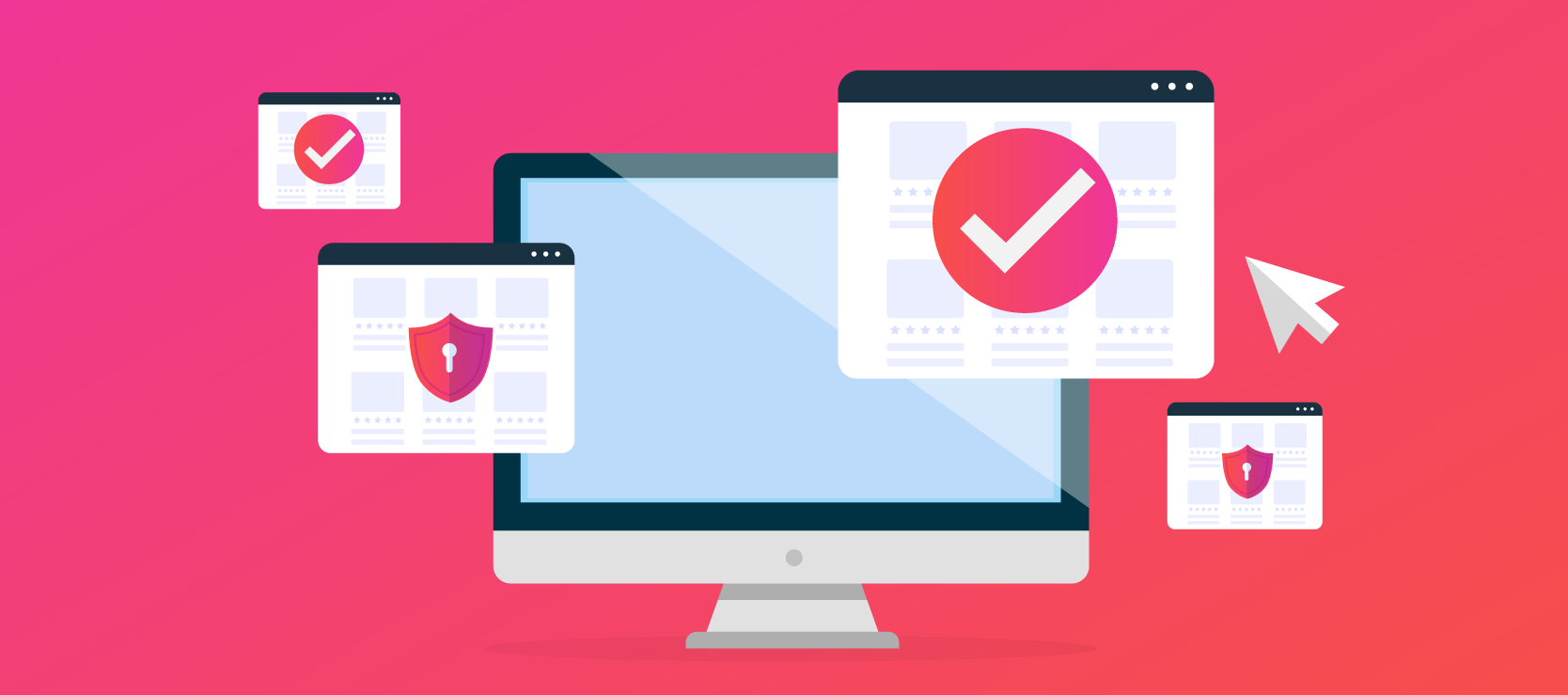You work hard handling all the facets of merchandising your products: manufacturing quality goods, optimising listings, partnering with reliable sellers and new channels, advertising for greater visibility and engaging customers for long-term loyalty.
So when unauthorised sellers creep in, it’s a bigger blow to your e-commerce program than just a couple sales here and there.
How can you keep unapproved sellers from degrading brand quality and ruining profit margins for your reseller network? Here’s how to stop unauthorised sellers on Amazon and beyond.
What Is an Unauthorised Seller?
An unauthorised seller is any reseller who lists your products without approval. These third parties often purchase your products in bulk and sell them without your knowledge at lower prices, undermining your minimum advertised price (MAP) agreements, brand policies and values. They may pose as your brand or choose a different brand name.
How Do Unauthorised Sellers Hurt Your Brand?
Unauthorised sellers can hurt your business by:
- Stealing sales. Undercutting your suggested prices entices consumers to buy from unauthorised sellers instead of your approved reseller network. On Amazon, unapproved sellers may also create multiple fake listings to increase their chances of showing up in search results and winning the Buy Box.
- Diminishing profit margins. Undermining your MAP policy incites a “race to the bottom,” forcing all sellers to slash prices in an effort to stay competitive. But reducing prices also means reducing net profit, which may cause approved resellers to stop selling your products.
- Damaging your brand reputation. Unsanctioned sellers don’t care about accurate listings or delivering top customer service. Because they don’t have an official relationship with you, they may use outdated or incorrect product photos and descriptions. If these inaccuracies lead customers to complain, they’ll perceive the mistake as your brand’s, possibly forfeiting future sales and loyalty.
How Can You Stop Unauthorised Sellers?
Want to stop pesky third parties from ruining your e-commerce program? Here are five ways to stop unauthorised sellers in their tracks:
1. Spot unauthorised sellers with ease.
It may be hard to identify unauthorised sellers if you’re not sure what to look for. Automated e-commerce software can help you spot them with ease, saving both employee time and precious minutes in the race to disable the offenders. Stay vigilant with always-on third-party seller analyses that help you zero in on disruptors.
On Amazon, applying for Brand Registry gives you more leverage when going to bat with unauthorised sellers. The program allows you to submit claims against unapproved listings if you are the trademark or copyright owner of the products you sell or manufacture. It also allows you to “gate” your marketplace presence, limiting the number of sellers for your products and requiring approval and written permission before resellers may proceed.
2. Track pricing for major fluctuations.
Tracking prices early and often can keep you and your approved sellers from making last-minute changes to keep up with diminishing price floors. It can also tip you off to unauthorised sellers as they start to undercut your pricing thresholds.
But no one has time for manual price tracking, especially when global e-commerce runs 24/7. Automated repricers eliminate the need to monitor prices manually. They also help authorised sellers stay competitive by automatically updating prices based on changes in the market, while staying compliant with your MAP policy.
3. Attempt to remove specific marketplace sellers.
Marketplaces can take a while to respond to claims. It’s also difficult for marketplaces to go after your unauthorised sellers because they don’t always violate the platform’s policies. That’s why it’s important to be diligent about knowing the platform’s policies, gathering details and “evidence” (e.g., making a purchase from the unauthorised seller to prove they are selling your products) and filing a formal complaint. You can also connect with seller support for more hands-on assistance.
4. Set up selective distribution.
Instead of selling to distributors who can resell to retailers, consumers and unauthorised sellers alike, set up a selective distribution model, which is more exclusive and secure. Selective distribution allows you to curate a network of approved distributors and retailers who meet certain criteria you set. You can then prohibit these sellers from selling outside the network except directly to end consumers.
5. Take legal action.
When you’ve exhausted all your options and unauthorised sellers keep coming, it may be time to take legal action. Hiring a lawyer to draft a cease-and-desist letter may be just what it takes to stop the offender. Some unapproved vendors, however, evade punishment by staying in the shadows with shell corporations and multiple online identities. In this case, you may consider a harm reduction approach, which doesn’t officially solve the problem, but makes it more difficult for culprits to obtain and sell your products.
Remember: While legal action is the most official and potentially effective method of disabling unauthorised sellers, it can also be the most expensive and time-consuming.
Manage Your Sellers with Rithum
Rithum Brand Analytics helps you spot non-compliant pricing and unapproved sellers faster and easier than ever. Our 3P Sellers Analysis automatically monitors all third-party offers listed alongside your products on marketplaces so you can track their respective pricing and flag unauthorised sellers.
Our Managed Services team also has the hands-on experience and expertise to help you apply for Amazon Brand Registry, set effective repricing strategies and more.




